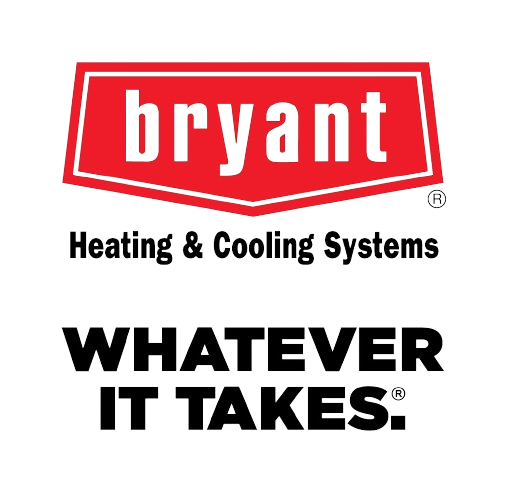
HVAC upgrades in a rush? Not so fast…
Thinking about installing a new AC or upgrading your HVAC system in Coachella Valley? Well, surprise! California has some of the strictest HVAC regulations in the country.
Go against the regulations, and you could face failed inspections, surprise fines, or an HVAC system that doesn’t run as efficiently as it should. In fact, studies have shown that up to 90% of HVAC systems are installed with some form of error, leading to energy inefficiencies, higher operational costs, and potential health hazards..
So let’s make sense of these rules—what they mean for you, how they differ between cities, and, most importantly, how to get your HVAC upgrade done right the first time.
Why so many rules?
California’s Title 24 Energy Code is designed to lower energy use, reduce emissions, and improve indoor air quality.
The state enforces:
- Higher efficiency standards for HVAC equipment
- Strict duct sealing and insulation requirements
- Mandatory performance testing for new systems
- Smart thermostat installations to reduce energy waste
On top of that, Riverside County and each Coachella Valley city enforce these rules through local permitting processes to ensure HVAC systems meet safety, efficiency, and emissions standards. These regulations help protect homeowners from unsafe installations, excessive energy waste, and poor indoor air quality.
California’s HVAC efficiency standards set the baseline for the entire state—but some Coachella Valley cities take it even further.
Before upgrading your system, check how your city’s energy rules stack up:
| City | Energy Efficiency Requirements |
| California (Statewide) | SEER 15 minimum for new ACs, R-8 duct insulation in unconditioned spaces |
| Palm Desert | New construction must exceed California’s baseline energy efficiency by 10–15% |
| Palm Springs & Cathedral City | All homes must have AC capable of maintaining 80°F indoors |
Do these rules apply to your project?
If you’re installing new equipment, replacing major components, or upgrading your thermostat, these rules absolutely apply.
- New AC installations – Must meet energy efficiency ratings and pass testing
- Duct replacements over 40 feet – Require sealing and leakage verification
- Smart thermostat upgrades – Required for most new systems
- System replacements & major repairs – Need permits and HERS testing
Skipping compliance can mean delays, fines, and costly rework.
Key California HVAC regulations to know
Permits are a must (yes, even for a simple swap)
Replacing an AC, furnace, or more than 40 feet of ducting? You need a permit. All four cities—Palm Desert, Indio, Palm Springs, and Cathedral City—require permits for nearly all HVAC work.
Some cities, like Indio and Cathedral City, offer expedited online permitting for residential AC replacements, while Palm Springs has more stringent rules regarding equipment placement and aesthetic screening for outdoor units.
Your new AC needs to be more efficient
California requires new AC units to meet a minimum SEER 15 rating, but efficiency isn’t just about the AC itself—your ductwork also plays a huge role.
Did you know that 1 in 8 homeowners need ductwork upgrades before installing a new AC unit? Many only find out after their project is already over budget.
That’s why we offer free ductwork consultations with every installation to help you:
- Stay on budget by identifying potential duct issues upfront
- Ensure optimal system performance so you get the efficiency you’re paying for
- Avoid project delays by handling ductwork compliance before installation starts
Duct leaks? More than just a nuisance
If you replace over 40 feet of ductwork, your system must pass duct leakage testing with losses below 6%. A bad test means energy waste, higher bills, and costly rework, but here’s the kicker:
Many homeowners don’t even realize they have duct leaks until they fail HERS testing. That’s why ductwork upgrades are one of the most common (and unexpected) costs during HVAC installation.
Fixing leaks isn’t just about passing inspections—it’s about long-term savings. Properly sealed ducts mean lower energy bills, better airflow, and a longer lasting HVAC system.
Smart thermostats now required
New systems must include programmable thermostats to reduce energy waste.
Some desert cities even require AC in homes
In Palm Springs and Cathedral City, all homes must have air conditioning capable of maintaining 80°F indoors—a local rule to protect residents in extreme heat.
Experienced companies make HVAC regulations stress free
As the originals of California’s Coachella Valley, with more than 50 years of experience serving this market’s HVAC and plumbing needs, you could say we know a thing or two.
The best way to avoid costly mistakes? Work with HVAC experts who understand the codes, pull the permits, and ensure compliance from day one.
Your HVAC company should:
- Handle permits and paperwork—so you don’t have to
- Install systems that meet code—so you pass inspections the first time
- Ensure efficiency—so your HVAC actually saves you money
- Get the job done right—so your system lasts longer with fewer issues
We do all of that, and then some.
Ready for an HVAC upgrade? Let us handle it all
Upgrading your HVAC should be easy, not stressful. Whether you need a new AC, duct replacement, or full system upgrade, work with a team that knows California’s HVAC codes inside and out.
Want an energy-efficient, hassle-free installation with all of the paperwork and permitting handled for you? Schedule your consultation today!

